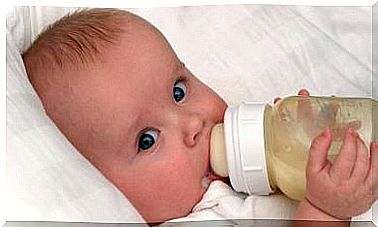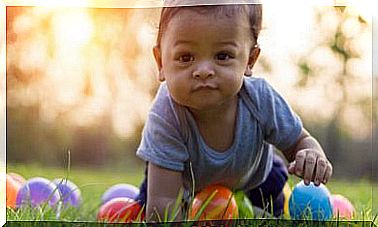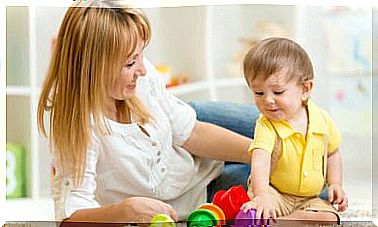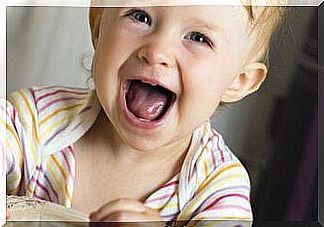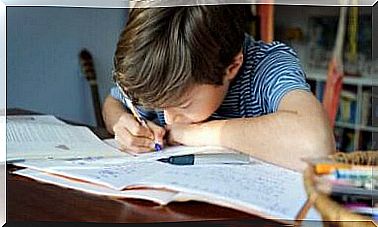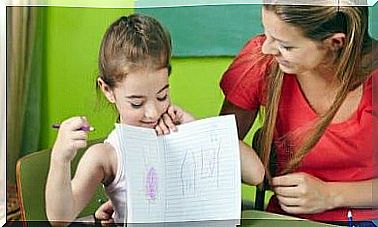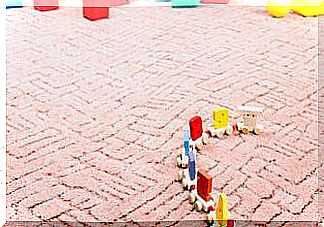Nipple Protectors: Everything You Need To Know

There is a lot of controversy on this subject: nipple protectors, yes or no? Nipple protectors are a product that can be very useful during breastfeeding if they are used when really necessary and for a limited time.
Many mothers put on nipple protectors when, in fact, it’s not necessary. They notice that the baby has a bad attachment or that the breast is cracked and, without seeing what is really causing this bad attachment, they put on the nipple protectors.
It is important to assess the attachment when there is pain or cracks, but nipple protectors are not the solution for a bad attachment, although they can help the little one at certain times, as we will see below.
In fact, on some occasions, the protectors can interfere with the transfer of milk to the baby, and when it comes to removing them, it can also be a difficult process. For this reason, the indiscriminate use of nipple protectors is not recommended. Its use should always be supervised by a breastfeeding specialist or health care professional.
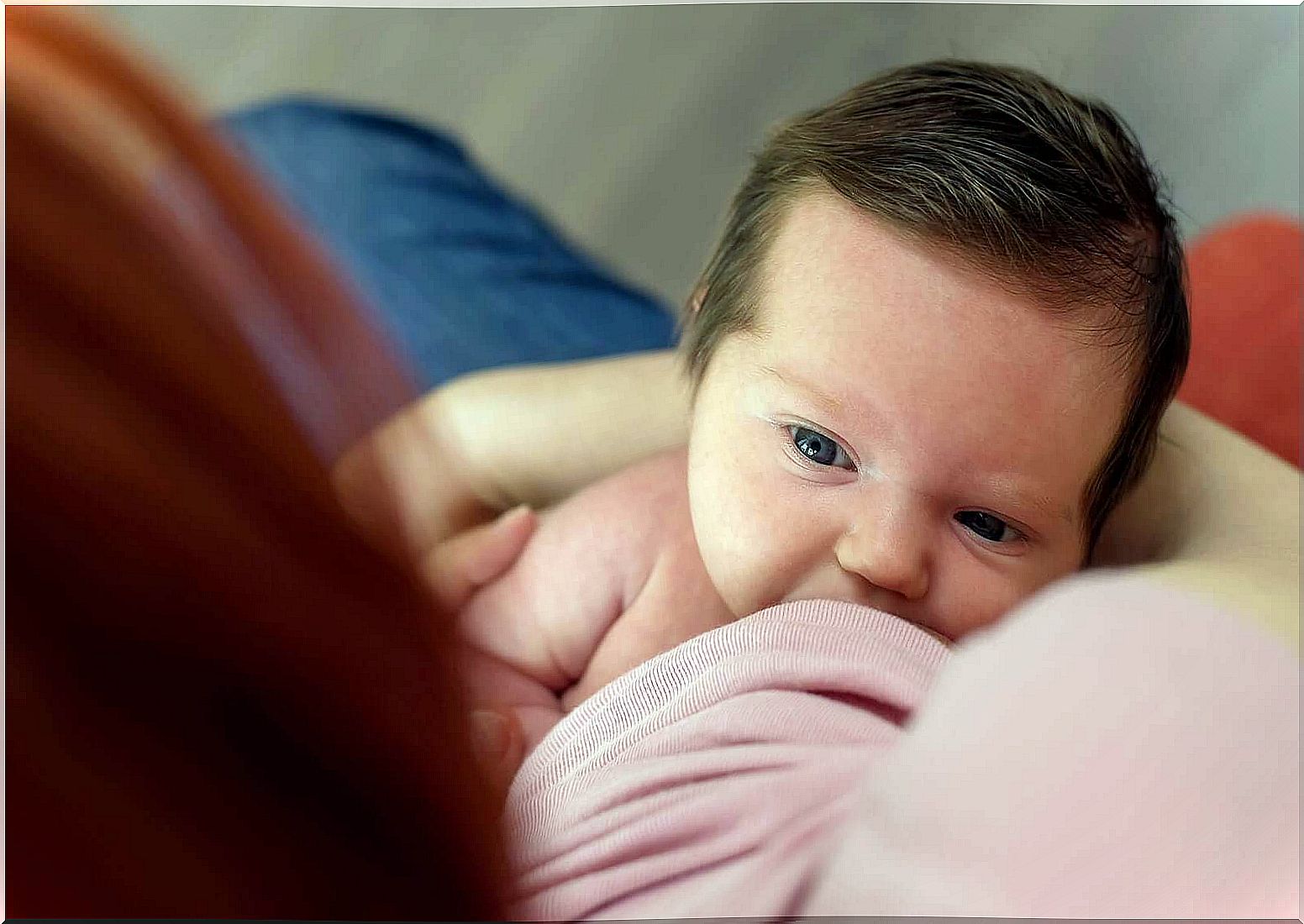
What is a nipple protector?
A nipple shield is a breastfeeding product that attaches to the breast and adapts to the nipple and areola. These days, they are made of silicone and are thin and soft, which makes them look like a second skin. Are placed on the nipple in order to get a good grip by the baby on the breast.
There are different sizes. So if you’re going to need to wear nipple protectors, it’s important to know your nipple size. The measurement is taken by measuring the base of the nipple. Depending on the brand of protectors, you will find some sizes or others, so it is important to know which one is yours and buy the one that best fits.
When are nipple protectors needed?
When there is pain or cracking, the first thing to do is to assess the baby’s attachment, posture, oral cavity, and many other factors to try to figure out where the problem is and resolve it if it exists. The reasons why protectors can be really useful are as follows:
- There are problems for the baby to get to the breast. As we just said, the first thing to do would be to assess the complication that causes this difficulty. Depending on the reason, a professional will recommend the use of protectors.
- When there is ankyloglossia or short frenulum. The presence of a short frenulum in the baby can be a reason for not having a good grip, not allowing him to have adequate suction and, in some cases, preventing him from using his tongue properly.
- In premature babies. They don’t suck as hard as a full-term baby would.
- In some cases of flat or inverted nipple, though not in all. Therefore, its use should always be determined by a consultant or breastfeeding professional.
How to put on nipple protectors?
You must learn to put on the nipple shields correctly, otherwise it may cause poor milk transfer to the baby and production may also be affected.
To put it on, you have to invert the protector’s wings and place the pointed part on the nipple. Once the nipple part is placed, the wings must be released and a vacuum is formed.
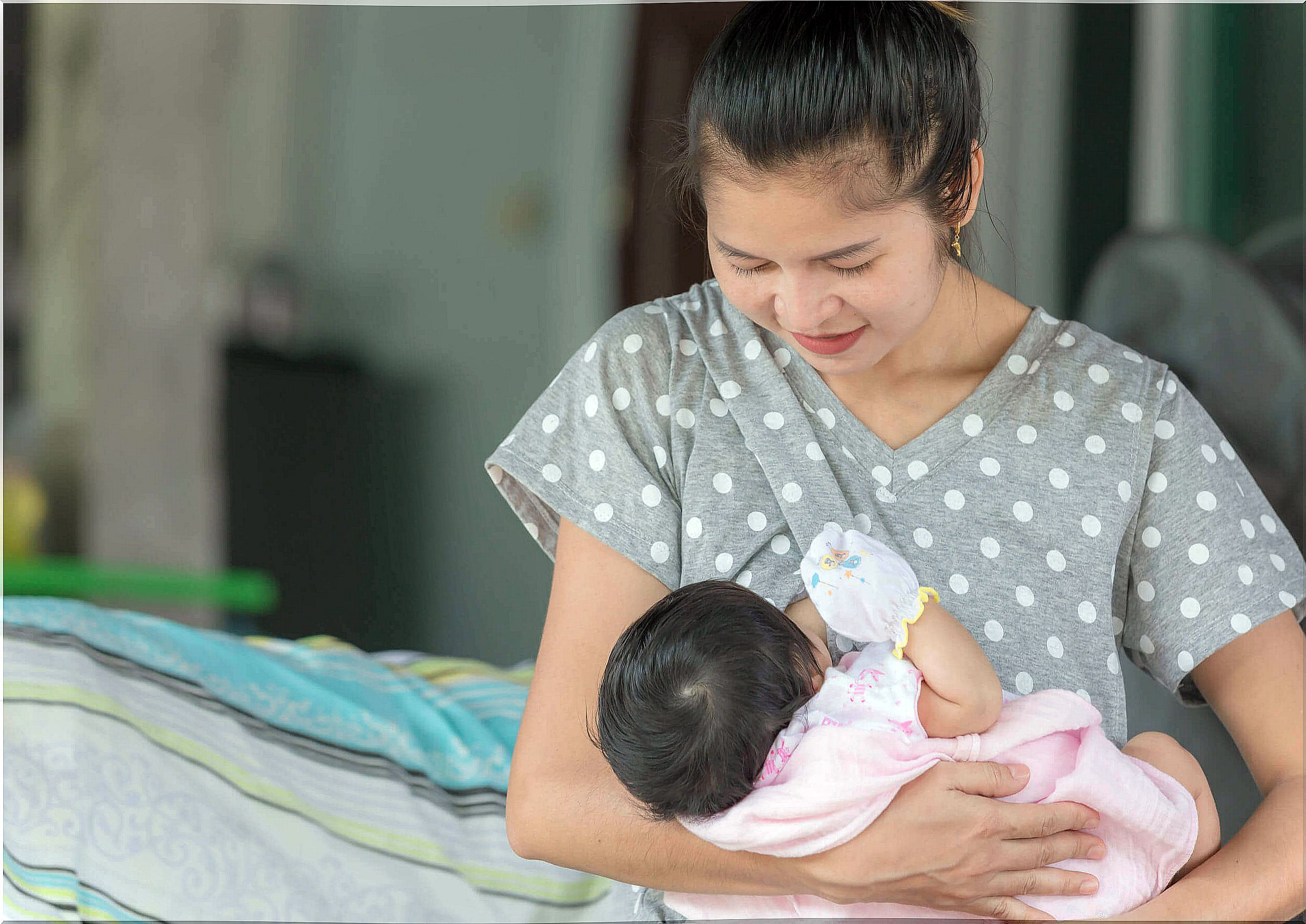
How do I know when protectors can be removed?
The fact of having to wear nipple protectors at each feeding is often an uncomfortable task for the mother. For this reason, mothers often want to eliminate them from their daily lives as quickly as possible. However, nipple protectors should be removed when it is proven that the baby can live without them. If the procedure is abrupt, the child may reject the breast or even not have a good grip.
Likewise, when there is a problem with removing them, you should also seek a consultant or breastfeeding professional to be monitored during this process, as there are times when it is not easy for the baby to take the breast without a nipple protector.
In short, we hope we have answered all your questions about the use of protectors. Even so, if you still have any questions about this, be sure to consult a health care professional, as he or she will know how to give specific guidance to your case.
